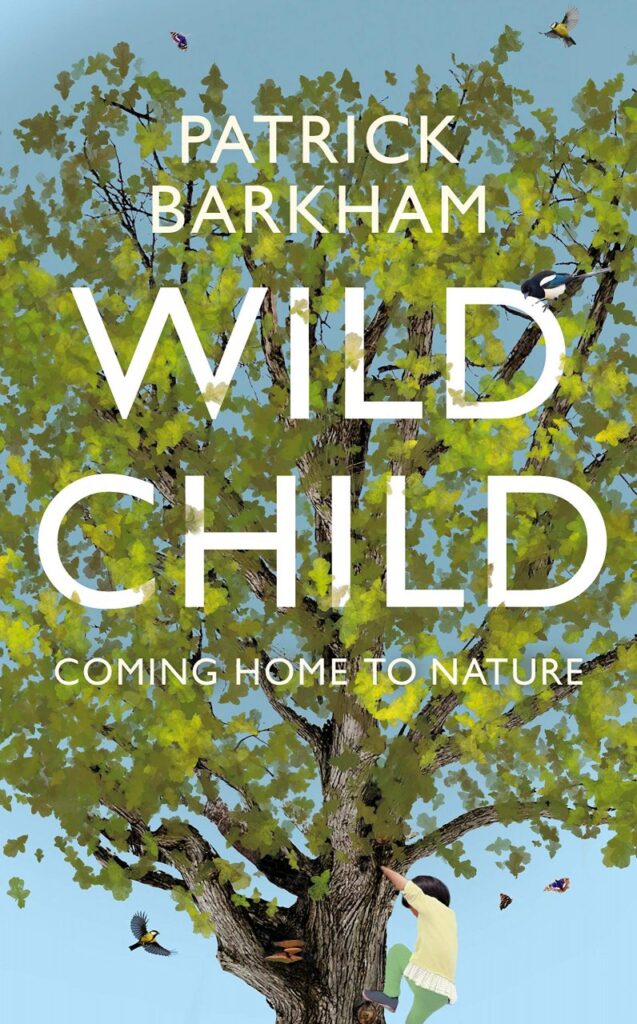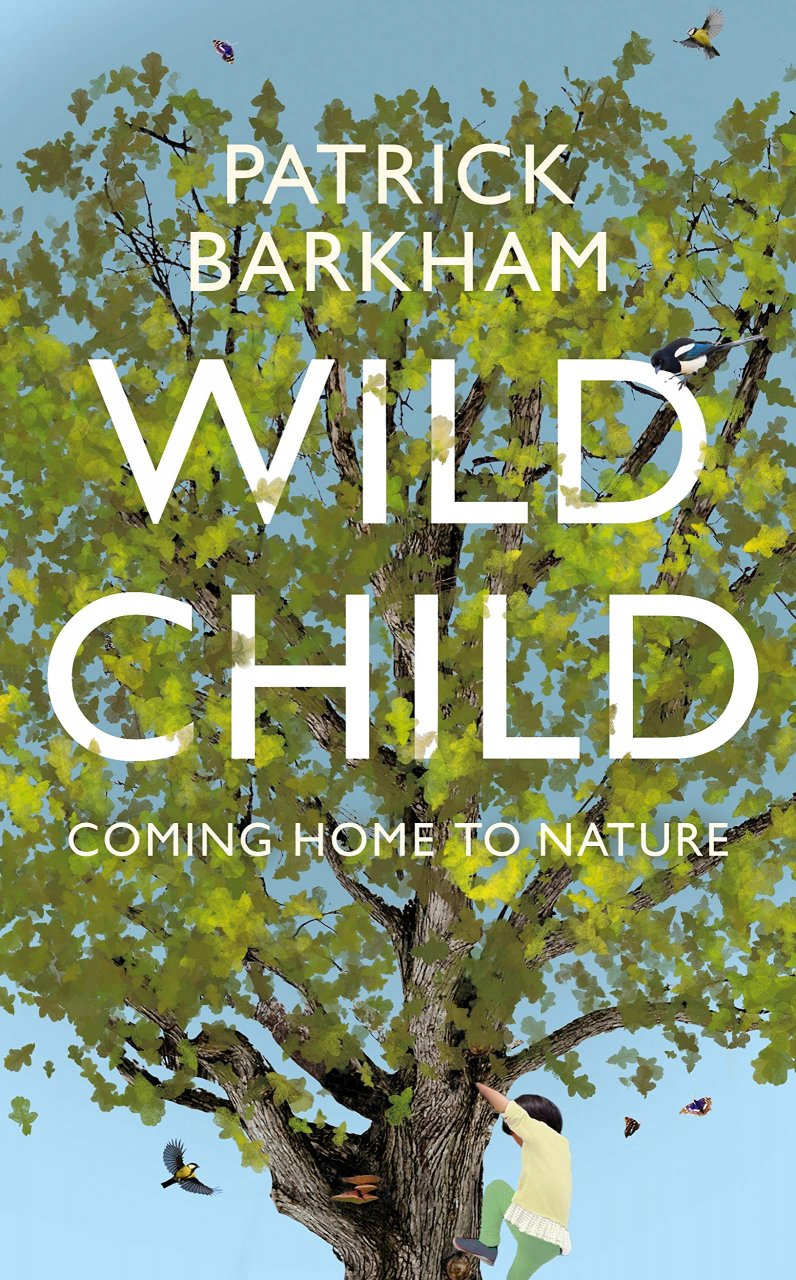Patrick Barkham is as likeable and accessible as an author as he is in person, and this is a book that almost reads itself. It could be summarised in one sentence, but doing so would deprive the reader of a delightful journey, full of tender humour and truths which most will recognise, if not as a parent, then as someone who was once a child.
I was always going to approve, because Patrick and I agree on the principle that access to nature is a human right. And having a nine-year-old child myself, I believe wholeheartedly that this right matters most especially to children. Hence I was immediately hooked by one of the book’s opening statements, that ‘The idea that a child, of say, nine would roam without adult company through copses and spinneys close to home is anathema’ and the quantification of the curtailment of an average child’s freedom within one generation – from a radius of kilometres in the 1960s and 70s to little more than the confines of a garden, if they are lucky.
Patrick’s family is growing up in a large village – not as wild as he would like, but it sounds good. Counterintuitively, while truly rural children benefit from cleaner air and more ‘green’ space, they are often even more confined than urban ones, having smaller social circles and fewer shared spaces in which they are allowed to explore because the green around them is often closed to them – farmland, golfcourses, other people’s gardens.
Over 18 months of volunteering in forest school settings and watching his own youngsters engage with nature, Patrick records experiences and insights with convincing honesty. We meet a lot of children, including his twin girls and their younger brother but also many more with widely varying backgrounds. There are city kids, village kids, white kids, ethnic-minority kids, comfortable middle-class kids, working-class kids, refugee kids, kids with special educational needs and disabilities. They are bright, curious, covetous, sulky, squabbly, shy, confident, fragile, exasperating and hilarious – I lost a bit of my heart to them all in ways as different as they are. Virtually all are pre-school or primary age. Is 11 when childhood begins to wane? The thought that fills me with a sort of panic – like watching a window close.
If the stars of the book are kids, the heroes are unconventional teachers, and in particular the indefatigable Emma and Hayley, who run Dandelion outdoor nursery – a setting devoid of branded items and plastic toys, and resembling not so much a pre-school as a Neolithic settlement with a central hearth, causeways and strawbale fortifications, populated by small busy humans who clamber and dabble, collect and invent, and participate in regular philosophy lessons. It could be the most middle-class setting ever were it not for the free nursery hours that make it available to any local family.
Dandelion wisdom drifts throughout the pages of the book. ‘The outdoors is a place for learning because there is sensory input without sensory bombardment,’ says Hayley. ‘In a classroom you’ve got sensory overload – the noise, the visuals, the colours, the proximity of people to you and the proximity of the walls; it’s just too much for a lot of children.’ Patrick makes clear that the stimulation found in nature is different, ‘a ceaseless giver of serendipity’ – try even saying that without smiling – and this book navigates its gentle undulations and surprises beautifully.
Another sentence that will linger long with me describes Patrick being outpaced by the children of Dandelion in a chasing game. ‘I’m so big and sluggish, I don’t have to pretend very hard to fail to catch them… I can no longer enter childhood as a child, nor can I quite catch my own childhood. But I just about feel it in the cold air, warm cheeks, tingling hands.’ It made me sigh because, oh, I almost remember, too.
The icons of the book are those you would expect: conkers, frogspawn, caterpillars, bird nests, and trees – the kind you can climb into or den beneath. There is also a recurrent dose of death – the kind that is not an end but a part of life. But, ultimately, Wild Child is a dandelion book. Cheery, familiar, not very big (I read it in a few hours), sometimes bold, sometimes delicate, but with roots that grow fast and deep and little idea-seeds that might travel and flourish almost anywhere. It is a manifesto for change in education and, by extension, in our wider treatment of nature. Not just for childhood’s sake, but because humans in nature tend to be better humans. I hope that its seeds spread far and wide.

